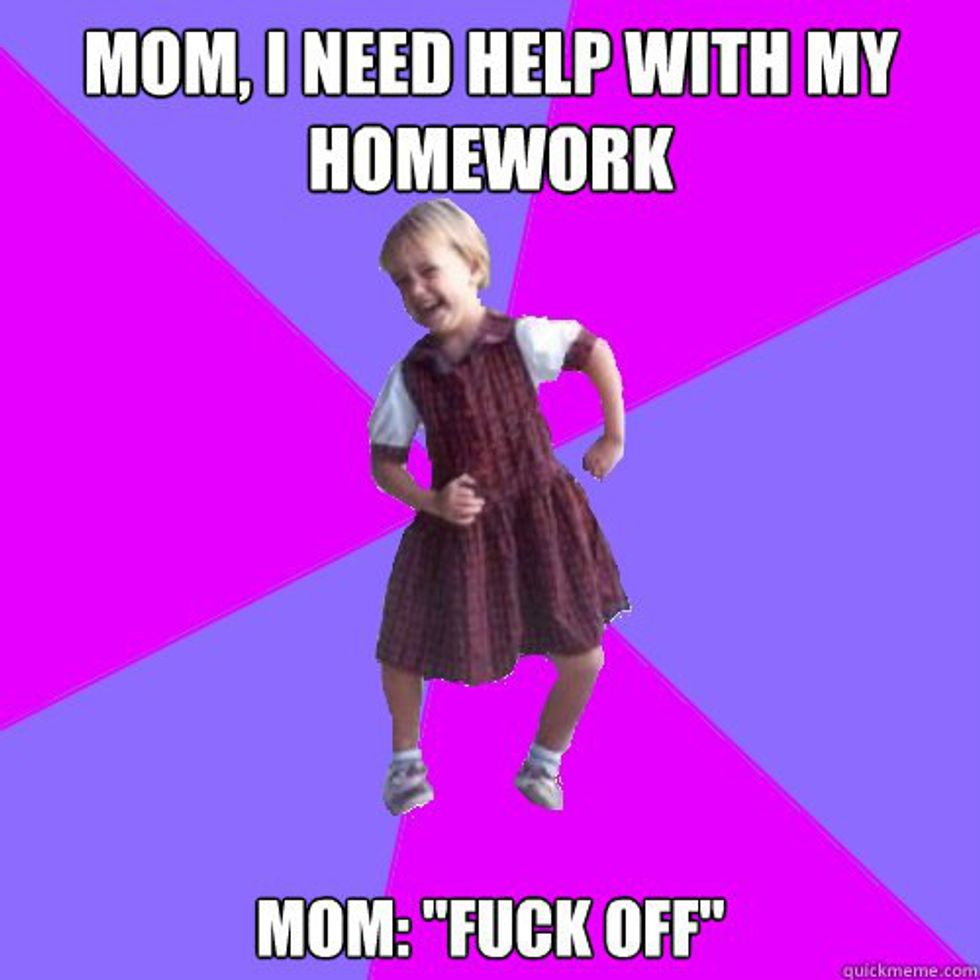It was the fatal death of Trayvon Martin that sparked the online, and now offline movement, Black Lives Matter. This movement is more than an online hashtag or a moment that comes and goes.
On Nov. 4., The Cal State Northridge chapter of the National Association of Black Journalists, and CSUN Civil Discourse & Social Change Initiative held a symposium and workshop sessions to teach and inform students, staff, and faculty, about activism and social justice movements around “Blacktivism.”
Toni Guinyard, NBC4 LA general assignment reporter, moderated the event with a room filled over capacity in the University Student Union Flintridge Room at CSUN.
To open up the discussion, the event began with poetry from two students. CSULA professor Dr. Anthony Ratcliff, BLM member Povi-Tamu Bryant, CSUN NABJ vice-president Ryann Perkins, and civil rights activist Najee Ali, were among the participating panelists.
“So how many of you have heard of Rodney King? Ok, Mike Brown? Tamir Rice?” asked Ratcliff.
The panelists began the discussion with police brutality history, including the Oakland shooting death of Oscar Grant, and deaths of Michael Brown and Trayvon Martin.
Throughout the discussion, moderator Guinyard asked panelists questions regarding the reason and need behind the movement.
“It takes people getting in the streets and demanding change,” responded Ratcliff. “It takes the people waking up and saying we have to come together, and organize, and challenge the way that the state has been murdering folks and getting off. That’s what the problem is. It’s not just the fact that people are being killed, there’s no accountability on what happened with the police.”
Panelists also discussed leaders, and how tactics and strategies are important to sustain BLM.
“We are, actually trying to disrupt business as usual; we are, actually trying to disrupt experiences because if things continue the way that they were, if there weren’t disruptions, then that means more Michael Browns, that means Tamir Rices',” said BLM LA member Povi-Tamu Bryant.
A few students also asked questions and shared their thoughts throughout the conversation. A student asked panelists about what resources BLM is providing to help them receive positions of power as far as politicians, police, and other law enforcement positions.
“Some chapters are focused on disrupting our elected officials. Some chapters are focused on amplifying the issues around gender and queerness. So we’ll spend time having teach ins, or political education around things like that. So each chapter is really developing what it needs, based on the needs of the community,” Bryant responded.
Wesley Lowery, Washington Post national writer, was Skyped in toward the end of the conversation. Lowery gave advice to aspiring student reporters, shared some of his experiences while reporting in Ferguson and Baltimore, and answered a couple of questions from the audience.
Followed by the panel, everyone was invited to three workshop sessions regarding how journalists should cover social justice events and protests, engaging the media to cover social events, and how to recognize and support social justice movements.
“I don’t feel the need for one black person to be this beacon of hope for everybody. We are all our beacon of hope. Are allies are our beacon of hope. Being together, and understanding that black lives matter, that’s our beacon,” said CSUN NABJ vice president Ryann Perkins.



















